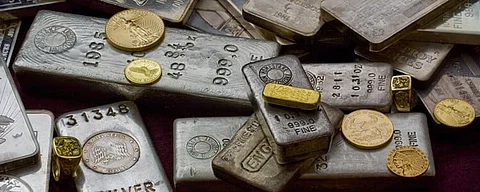People have always been fascinated by gold, silver, and other shiny things. Owning an item made of precious metals has always been prestigious. That belief has not changed even today, although precious metals get attention on a whole new level.
Today, precious metals are a valued investment vehicle. They are an excellent way to invest using trusted partners (you can check Lear Capital rating to see why they are a good choice). That's just one of the reasons why financial experts look favorably at these assets. But before making a final decision, it is good to know the relevant pros and cons of investing in these valuable assets.
Protection against Inflation
Inflation is a massive threat to any economy, but precious metals are a relatively safe investment. Their value doesn't fluctuate as much as stock markets do. Nor do they lose their value like paper money. As a result, they can protect you from the worst effects of an economic downturn.
Moreover, precious metals will hold their value over time. Of course, inflation may increase the price of these assets. Still, their value will never fall below the price you paid for them. In fact, it can only increase or, in the worst case, stay the same.
You can use historical price charts to compare the prices of different metals. These will show you the price of an ounce of gold, silver, and platinum over a specified period. Again, you'll notice a steady value growth, primarily due to increased demand.
Portfolio Diversification
Some would say that gold and silver have mixed records as inflation hedges. But these are still good places to diversify an investment portfolio. Some investment advisers recommend a small percentage of your portfolio in these assets to protect it from inflation.
Having some gold in your portfolio allows you to be more risk-averse. You can invest in riskier vehicles like cryptocurrencies and high-yield bonds. That way, you have a chance of gaining a profit while precious metals protect your portfolio and you against complete fund loss.
Demand on the Rise


